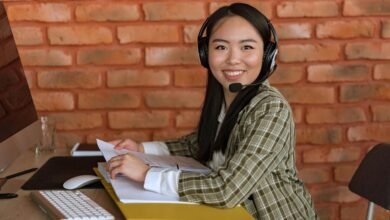Photoaconpan: O Impacto de Imagens no Âmbito Jurídico

The integration of visual evidence in courtroom proceedings has transformed the legal landscape. Jurors often react more favorably to compelling images than to verbal testimony. This shift raises important questions about the reliability and ethical considerations of photographic evidence. As the legal system adapts to these changes, the implications for justice and fairness become increasingly complex. Unpacking these layers reveals critical insights that warrant further exploration.
The Role of Visual Evidence in Courtroom Proceedings
Although courtroom proceedings are often characterized by verbal testimony and legal arguments, the role of visual evidence has become increasingly significant in modern litigation.
Visual impact enhances the persuasiveness of cases, often swaying juries by providing clear, relatable representations of facts.
Furthermore, well-presented visual evidence can bolster evidence credibility, effectively bridging the gap between complex legal concepts and the jury's understanding.
Case Studies: When Images Changed the Outcome
Visual evidence has proven to be a pivotal factor in numerous legal cases, often determining outcomes in ways that verbal arguments alone could not achieve.
Cases showcasing image authenticity have demonstrated the power of visual persuasion, swaying juries and judges alike.
These instances illustrate how compelling images can transcend traditional legal arguments, fundamentally altering the trajectory of justice and reinforcing the critical role of visuals in legal proceedings.
The Future of Photography and Law: Trends and Implications
As technology continues to evolve, the intersection of photography and law is poised for significant transformation, driven by advancements in imaging techniques and digital manipulation.
This digital transformation raises important ethical considerations regarding authenticity, privacy, and consent.
Legal frameworks must adapt to address these challenges, ensuring that the integration of photography within the legal system promotes justice while safeguarding individual rights and freedoms.
Conclusion
In the ever-evolving landscape of the legal field, images serve as powerful narrative tools, casting light on the shadows of complex cases. As visual evidence increasingly shapes courtroom dynamics, it acts like a double-edged sword, illuminating truths while raising ethical dilemmas. Balancing the scales of justice requires careful navigation through authenticity and privacy concerns. Ultimately, the integration of photography in law heralds a transformative era, where the lens not only captures evidence but also redefines the pursuit of justice.







